|
Fuel Cell Technology offers primary energy flexibility and enables fuel cells to operate on clean natural gas, renewable biogas, direct biogas or other renewable forms of energy.
LANDFILLS
Landfilling is the main method of municipal and household solid waste. Landfill waste produces significant amounts of landfill gas that is mostly methane. Rather than contributing to emission of green-house gases, the landfill gas can be harvested and fed into fuel cells to produce electricity.
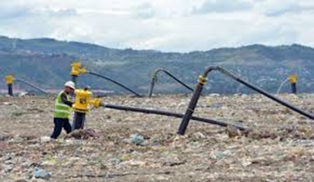 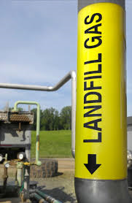 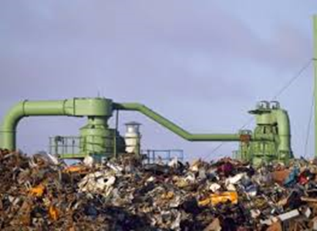
WASTE WATER TREATMENT PLANTS
Waste Water Treatment Plants normally use anaerobic digester processes which produce biogas as a by-product. The biogas is often disposed by combusting it into the atmosphere through an open flare. This however often results in generation of other harmful gases such as nitrogen oxides. Waste Water Treatment Plants often require large amounts of energy to operate. Their by-product (biogas) can now be combined with fuel cell technology to produce electricity which can be used to meet some of the plants operations power needs.
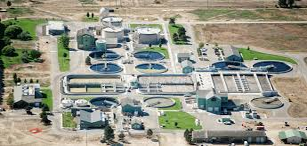 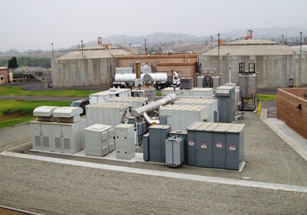 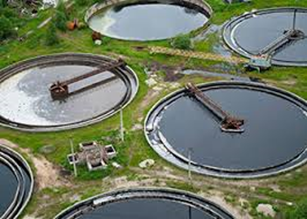
FOOD AND BEVERAGE PROCESSING FACILITIES
Food and Beverage (Distilleries, Wineries and Breweries etc.) facilities often generate significant amount of organic which is often managed through anaerobic digestion processes resulting in biogas production. The biogas is either vented into the atmosphere (adding green-house gases into the atmosphere) or flared (resulting in other pollutants such as nitrogen oxides). These waste challenges can now be converted into clean energy through hydrogen fuel cell technologies.
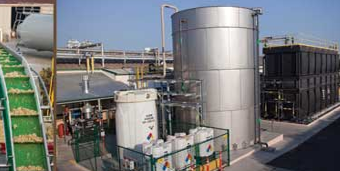
AGRICULTURE WASTE
Agriculture operations waste can significantly be reduced through anaerobic digestion processes that result in production of biogas. The biogas can either be: released into the the atmosphere (adding to greenhouse gas emissions) or burned and flared (resulting in other pollutants such as nitrogen oxides). Agricultural waste can be sourced from Large Dairy Farms, Swine Farms, plant stalks (trees, energy plants, olive oil plants) or from aggregated biomass from multiple farms. 3E HydroPlat Projects now offer solutions that can transform agriculture waste into clean valuable source of electricity.
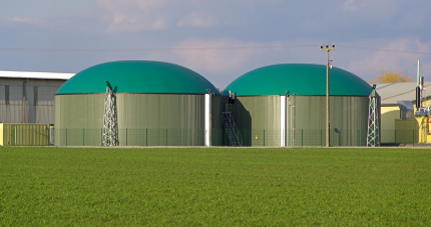 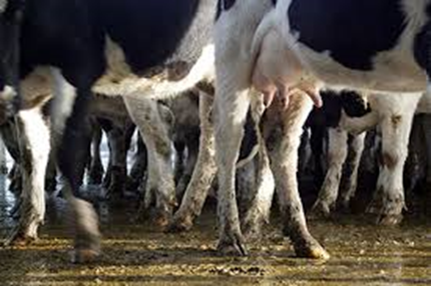
MINING
Methane gas which is formed as part of coal formation process is either released during coal mining or as a result of natural erosion or faulting. This gas has always been seen as a hazard presented by a risk of methane gas explosion. In addition, methane from coal mining contributes to harmful emissions. At 3E HydroPlat Projects, we now see these coal mine hazard as a valuable source of energy. Depending on physical environmental conditions, we can harvest methane from un-mined coal seems, existing coal mining operations or abandoned mines.

RENEWABLE ENERGY
Other forms of renewable energy can be used in the production of hydrogen. The hydrogen can then be used by fuel cells during the periods when other renewable sources such as wind and the sun are not available.
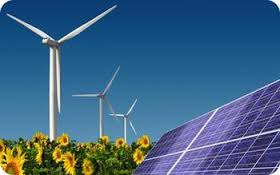
TRADITIONAL GAS PRODUCERS AND RETAILERS - Some of our project solutions necessitate the use of traditional piped gas supply or bottled hydrogen.
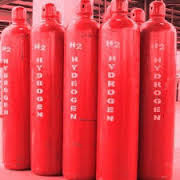 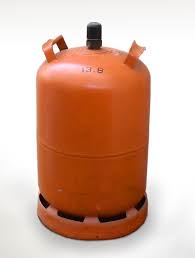 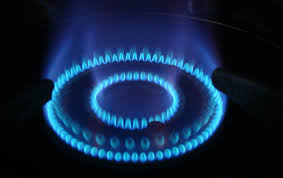
| | 
|


